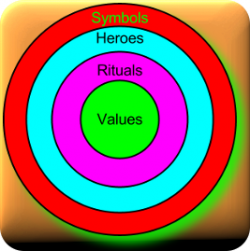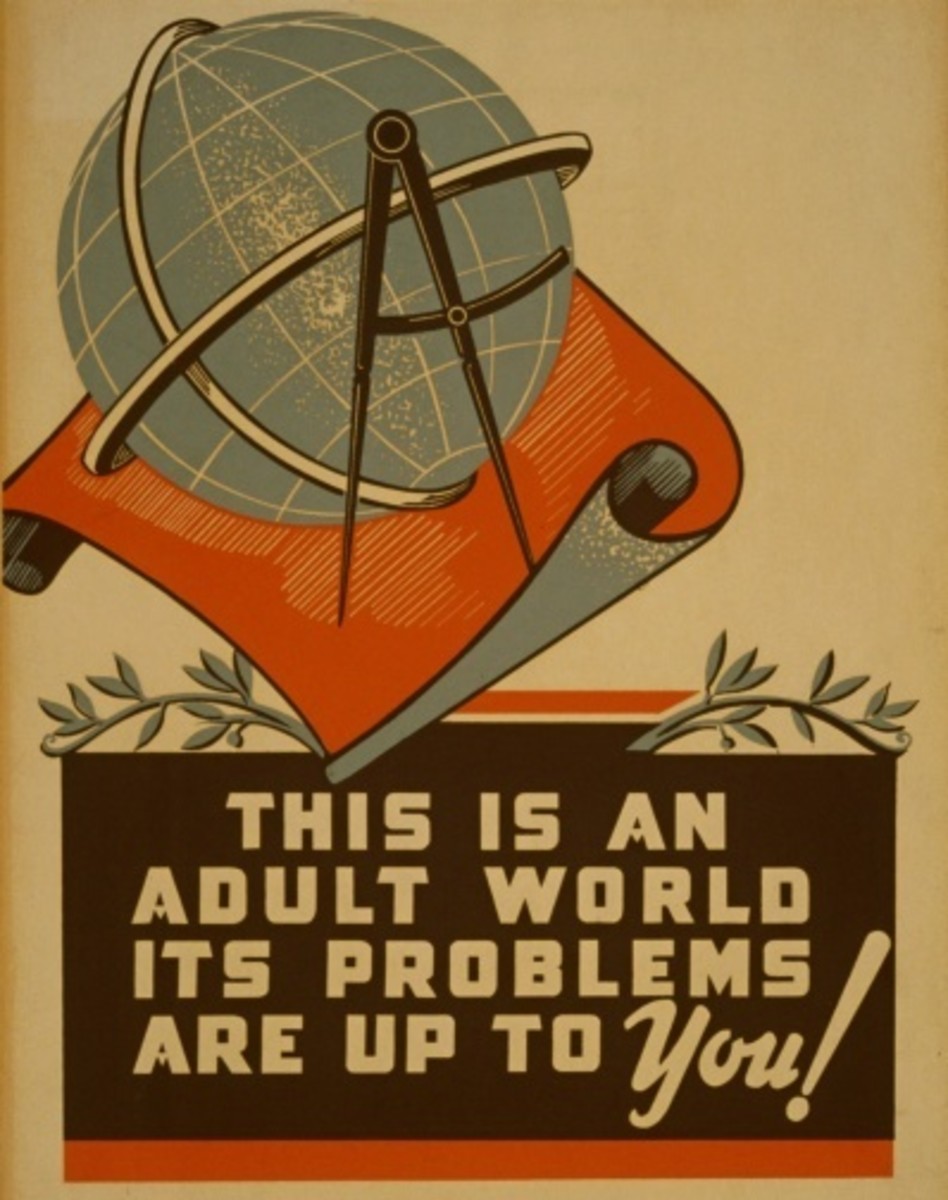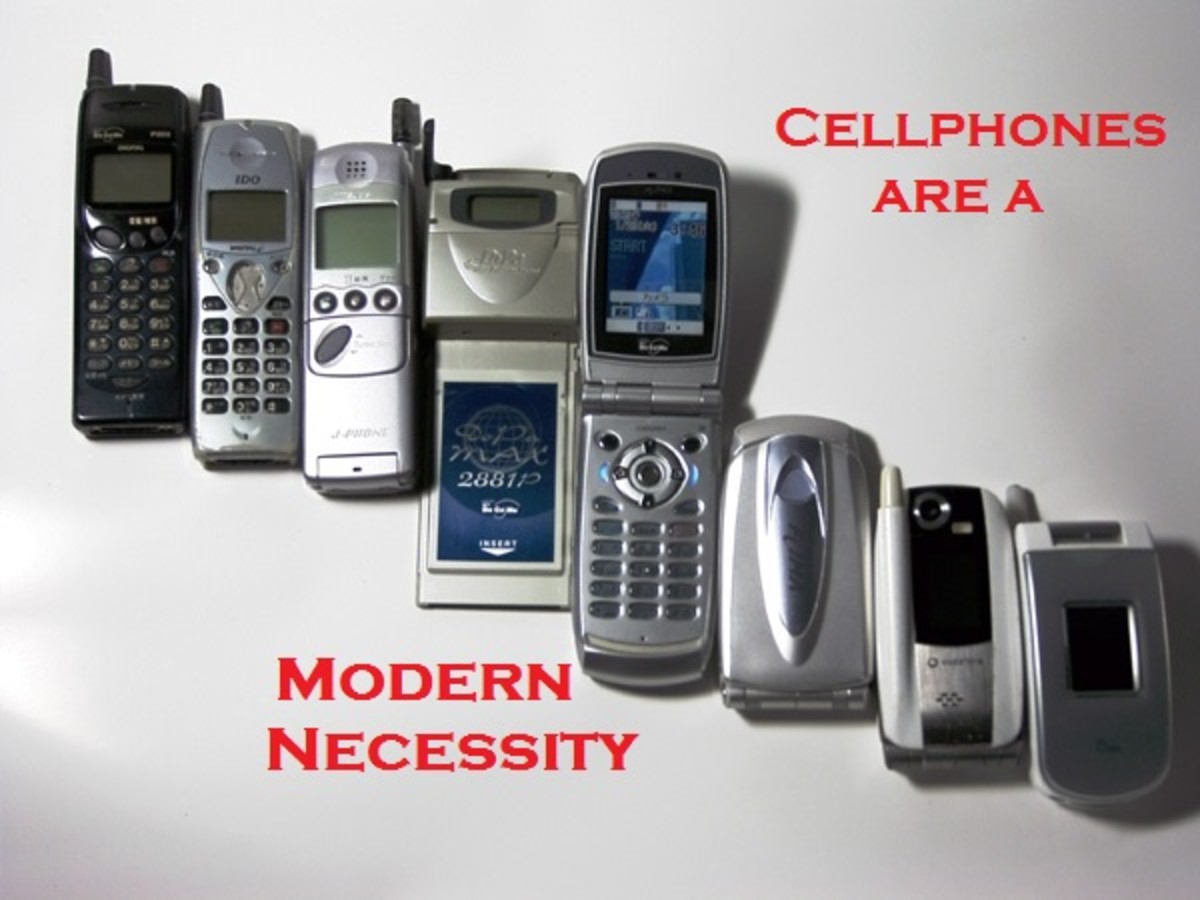About two worldwide culture theories

Culture worldwide
We all know without being able to tell it in words what culture is. I could off course ask the question what is culture, but that would get me a lot of different answers. Most answers would only address a certain part of culture, but all together they would give a good idea of what people understand culture to be.
So what is culture. The best answer would be:
All human behavior directed at solving certain common problems humans encounter in daily live.
What does this mean? Well this means that culture is everything from the way we string words into a sentence to the clothes we wear. The fact that most countries drive at the right hand side of the road and a few on the left. That some countries are dictatorships while others are democracies. That some countries have made education free for all while others use private education.

Culture as a solution
for daily life
If culture is the solution of certain common problems humans need to solve day in day out, what are then those problems.
In the research of Geert Hofstede the problems humans need to solve are categorized into:
- power
- gender
- group
- certainty and
- time
- Human relations
- Time related and
- Surroundings
- rules
- group
- emotions
- relationship
- history
- linear or cyclical time
- influential nature
- personal or public space
Because in this model the problems that Hofstede and Trompenaars define are solved, and you no longer need to discuss or think about them. This model is rather free of anything but a description of what you can find if you look at a culture. How those symbols, heroes, rituals and values come into existence is not important. Or why they exist is also unimportant, they exist and define what a culture looks like.

Culture research
by Hofstede and Trompenaars
The culture model of Geert Hofstede is based on worldwide employee research done in the sixties for IBM. While the model of Fons Trompenaars was created through ongoing research within many different companies, beginning in the eighties of the twentieth century.
Geert Hofstede's model - Power, Gender, Group, Certainty and Time

Power
Power stands for how near or far are citizens situated from the power center. You could also describe is as how easy or difficult is it to approach a leader.
If you look the United States you see a strange division. The power division in the USA runs along the boundaries of political live and working live. Because political power is easily approached as all politicians try to be open to questions and remarks from citizens. Where in business some managers are approachable, but many live in some kind of managerial tower only open to other managers.
Looking at the Netherlands what you see is almost the opposite. The political power center is difficult to approach. Now a days many politicians have e-mail, but finding that address is like looking for a needle in a haystack. And if you send an e-mail chances are you will not get an answer. Many politicians also have a Twitter account, but only to give their comments, they do not follow back most of their followers. If you want to partake in political power in the Netherlands you have to become an active member of one of the many political parties it has.
But approaching your manager is almost no problem. And most companies have an employee board that by law needs to be consulted for certain decisions.
Gender
When it comes to gender in culture it stands for how feminine or masculine a culture is. You could also call this how many female or male attributes or behavior can you find in a culture. Is the visible culture for example strongly directed at competition and winning and showing your success. Or is a culture more subdued and is cooperation more important.
If you look at the Northern European cultures you see a lot of feminine elements in the culture. For example women are free to go out and pursue their own goals. But also European cultures feel a certain obligation towards weaker members of the group to protect them. A few clear examples are the fact that the United Kingdom have a queen and have had a woman for prime minister.
Compare this to a Russian culture where showing your success and showing your manliness is more appreciated and seen as more important, and you see a masculine culture.
Group
In the case of group a culture shows a bigger affinity for the group than the individual. For example in a group culture the individual should direct its goals towards the goals of the group. Where a culture in which the individual is important the goals of the group are subordinate to that of the individual.
A culture with a strong affection for the group you can find in China. While a strong individualistic culture is found in the USA.
Certainty
This element of culture as a solution is about how much certainty a culture seeks. This aspect of culture is found in the amount of written and unwritten rules. The more rules a culture has the more certainty and security it is looking for. You could also call this a search for control over ones surroundings.
An example of a culture that seeks to avoid uncertainty is the American. This is seen in the lengthy business contracts and the number of lawyers you find the USA. While Middle Eastern countries work with personal trust and open contracts when it comes to business contracts.
Time
The time dimension of culture can be divided into short- and long term. A culture with a short term direction for time seeks fast returns. While a culture with a long term attitude towards time looks at results over many generations. This time attitude of a culture is most of all seen in business.
A culture famous for its long term time attitude is the Japanese. For example it took Toyota, the biggest automobile maker in the world almost 50 years to become the biggest. A culture that is clearly directed at short term gains is the US, with its shareholder value that has to be increased year by year.

Fons Trompenaars model
Human relations: rules, group, emotions, relationship, history; Time: linear of cyclical; Surroundings: nature, space
Human relations: rules
Rules can be divided in universalism or particularism. Universalism means you can always create rules for specific situations. So it will always be clear what is good or bad. Particularism is all about the specific situation and what is best in that situation.
A culture with a strong universalistic approach is the German, rules are very important and living by those rules is even more important. While the Italian culture is much more particularistic, there are rules but creating a good living is more important than following the rules. The rules are more guidelines than rules to live by.
Human relations: group
This dimension has an individualistic and a social side. Cultures with an individualistic approach to groups, think the individuals that create the group are important. While social cultures put the group first and expect the individual to put the group first.
A clear example of this group dimension of culture is often difficult to give and see. As human culture is always a group activity. But Swedish culture is an example of an individualistic culture. Where many Eastern cultures show a strong direction towards the subordination of the individual to the group.
Human relations: emotions
Cultures can be defined by the way emotions allowed in public or should be hidden. Most cultures allow certain emotions in public and find others taboo, which emotions are allowed depends on the culture. Most western cultures find public signs of emotion in most situations not done. A culture in which you can find this very strong is the English culture. Where most Mediterranean cultures find a show of certain emotions in public in certain situations normal behavior.
Human relations: relationship
Relations between people can be specific or diffuse. In many cultures a diffuse relationship is found more important than a specific. In cultures where people want to know the person they have contact with on a much broader scale, then only his job description, being specific is seen as unwanted.
Examples of specific relationship cultures are Dutch, German and American. While diffuse relationship cultures can be found in South-America and many other countries world wide.
Human relations: history
The history element of culture can be divided into the dimensions meritocracy and attribution, because this element looks at what is in your past. For a meritocratic culture it is important to show what you have done in that past. Where an attribution culture will ask you to tell where you are from or studied.
An example of an attribution culture is the French, where having graduated from a Grande école is a sure way in to a Government position. An example of a meritocratic culture is the American, where it is more important to talk about what you have done and learned from it. Which for example can mean that you can start a company, go bankrupt and get hired by a major company to become a vice-president.
Linear or cyclical time
In cultures with a linear view of time the present is where the future starts and what your plans are today are more important than your success in the past. In a culture which views time as cyclical, the past, present and future are equal to each other. In some cyclical cultures the past is even more important than the future.
Fons Trompenaars puts the French culture in the cyclical group of cultures, where the American and Dutch culture are seen as using linear time.
Surroundings: Nature
Some cultures see nature as the big influence, while others see the individual as an independent entity with the power to decide. This is called externalism versus internalism. In cultures where nature is the big influence, its members assume they are pawns in the games nature plays. In cultures with a internalistic attitude, its members think they can control nature.
An example of a internalistic culture is the American, while an example of an externalistic culture the Japanese is.
Surroundings: Space
This internalistic and externalistic aspect of cultures can also be found in the way they interact with the space around them. Internalistic cultures try to protect themselves from the people around them. While externalistic cultures try to take into account that their actions can influence the people around them.
For example people in externalistic cultures carry facemasks when they have the flu to protect others. While people in internalistic cultures carry facemasks when it is flu season to protect themselves. So in cultures with an external attitude people go to work while ill, but try not to make others ill. While in cultures with an internal attitude people who are ill go to work without thinking of others.
Which model is better? - That of Hofstede or that of Trompenaars
Both models of Hofstede and Trompenaars look the same up to a point and have their differences, which model is better according to you.
What model works best for you?

Comparison of the models
Is that possible
If you look closely at the two models by Hofstede and Trompenaars you can see a certain amount of overlap between them. For example what Hofstede calls certainty Trompenaars calls rules. What Hofstede calls group Trompenaars splits into group and space.
Then there are also a few elements of both models that are partially overlapping. For example gender and emotions are two side of a coin. As in most cultures the feminine role is often seen as emotional where the masculine role is seen as more logical and businesslike.
The differences between both models are found in the elements power, which Hofstede mentions but Trompenaars does not. While time in the case of Hofstede is about short- and long term attitude of a culture and Trompenaars talks about linear and cyclical cultures. Next Trompenaars also talks about relationship, history and nature, three cultural elements Hofstede does not address in his model.
The reason for the overlap and differences between both models is first that Hofstede did his research in the late sixties of the twentieth century, where Trompenaars did his research ten to twenty years later. Next Hofstede did his research worldwide based on a research project within one company. While Trompenaars did his research within many companies world wide. So Trompenaars had the advantage of being able to use the research of Hofstede to build on.
Hofstede can be called the pioneer of cultural dimension research. Before Hofstede research into culture was more descriptive of cultural elements like symbols, heroes, rituals and values, what you would call a more anthropological approach. Where Hofstede's model is much more a description of the building blocks that create the visible symbols. With Hofstede's model you could begin to try to predict what symbols, heroes, rituals and values you might find in a certain culture if you know on which side of a dimension it lay.
What both models have in common - Yes what is it.

Although both models show overlap, partial overlap and mention dimensions that the other model misses, their basic premise is the same:
Cultures can be described by a small number of dimensions on which a culture lays more or less on one side of the scale that belongs to a dimension.
So a culture is strong feminine or strong masculine or weak feminine. A culture looks at time in a linear or a cyclical way. A culture is more individualistic of more social directed. A culture seeks certainty or lacks formal rules.
What do you think - about culture
Culture is of course more than just a few dimensions, it is what we use in daily life. But what do you think.
What is culture to you?

Critique on both models
What could be done better?
As both models use the same premise, they both get the same critique. Both models take culture as something that can be seen to belong to a country. So Americans are masculine, while Swedish are more feminine.
But in both models the change in the culture between to countries seems to be the border between two countries. That may apply to countries that are an island, but for most countries and cultures the differences between two neighboring cultures depends more on the geographical distance between the people who are part of the two culture then on the country they live in.
This is something most people will recognize from the fact that they recognize differences between the people they meet every day and the people from other parts of their country who come to visit or who they meet while on vacation. So someone from Chicago recognizes somebody from Louisiana. While an Italian from Milan recognizes if somebody comes from Sicily.

Useful models
Knowing what others expect
Although one can have critique on both models by Hofstede and Trompenaars, both models also have use. If you know that the customer you are going to meet comes from a social culture, while you grew up in an individualistic culture, you can ask someone who knows that culture what your customer will expect. If you know that your culture sees business meetings as something logical and void of emotion and you are going to meet with someone who sees business as part of daily social life it is easier to accept and react to emotional reactions.
Links to Hofstede or Trompenaars - for example youtube
A few links to Geert Hofstede or Fons Trompenaars.
- Geert Hofstede
The site of Geert Hofstede with information about his cultural model. - About Trompenaars' model
The site changing minds addresses the cultural model of Fons Trompenaars. - About Hofstede's model
Changing minds about the cultural model by Geert Hofstede. - Trompenaars Hampden-Turner
Trompenaars Hampden-Turner provides consulting, training, coaching and (un) learning services to help leaders and professionals manage and solve their business and culture dilemma's, - Fons Trompenaars on youtube
Fons Trompenaars talks about culture. - Geert Hofstede on youtube
An interview with Geert Hofstede about culture. - Andere culturen
A Dutch article of my hand about culture.
Where did those pictures come from - the ones I know of.
- Moai
by Nicolas de Camaret - Sphinx
by Rob Flickenger - Crescent
by Gabriel - Goalkeeper
by The Marmot - Quarterback
by Ed Yourdon - Pagode
by Jean-Pierre Dalbéra
What would you like to say about culture and culture models like that of Hofstede and Trompenaars?








